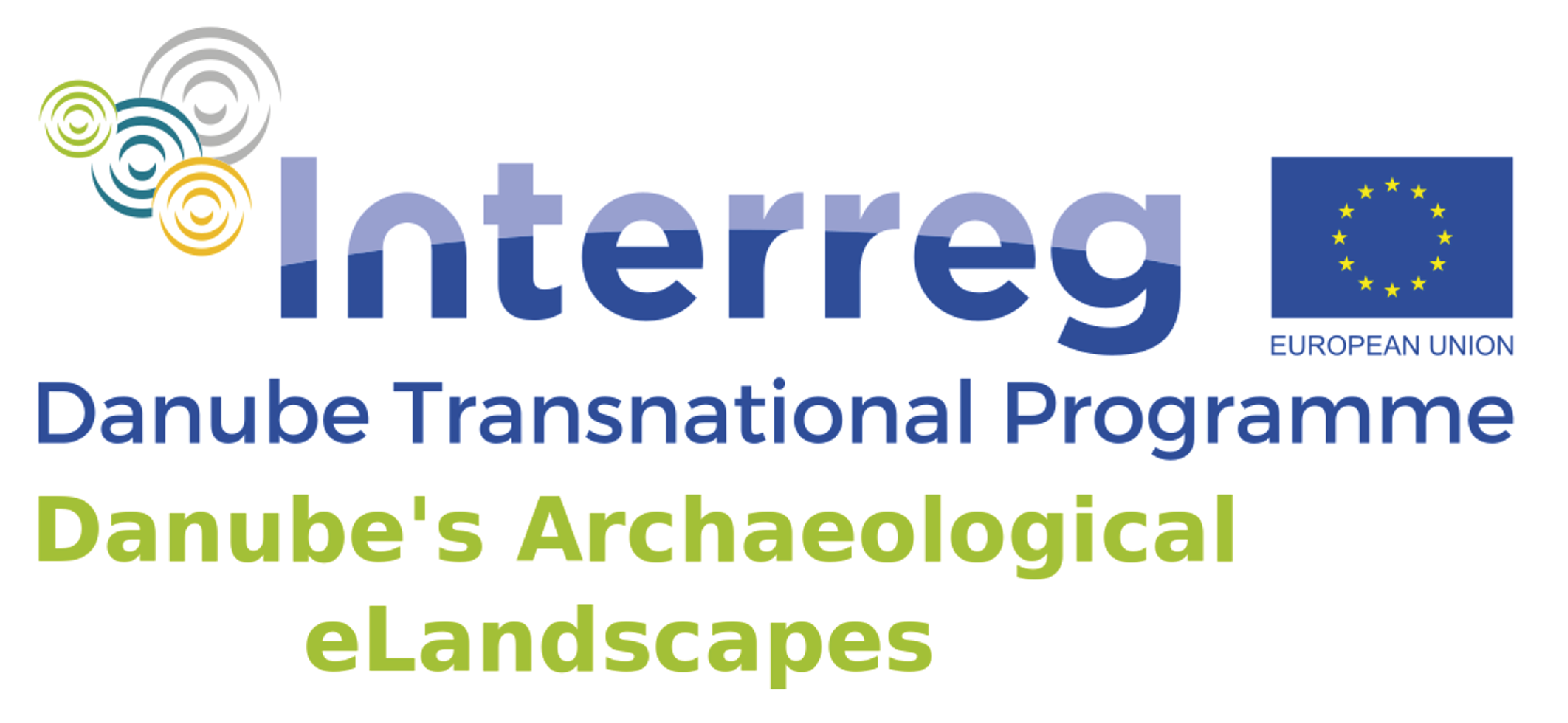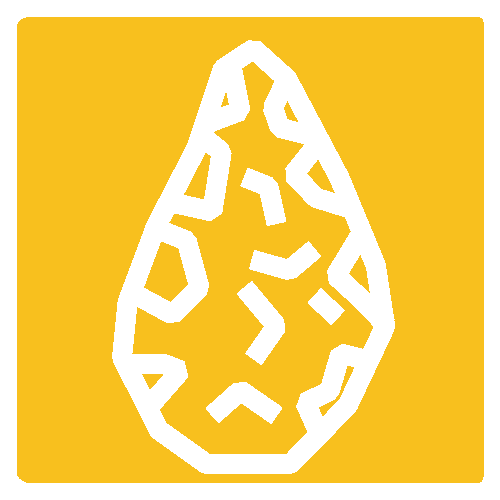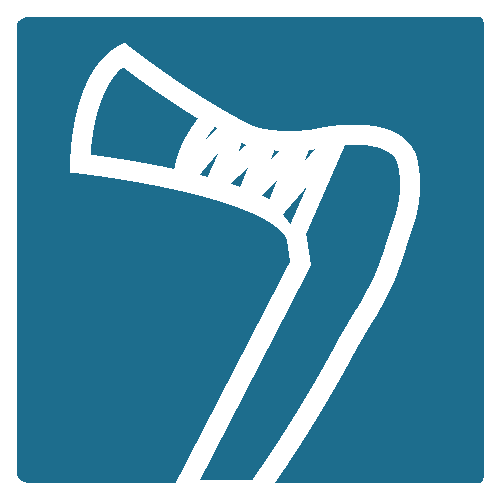
PROJECT INFO
The project's major goal is to make archaeological landscapes
of the Danube region more visible and thereby more attractive
for its integration into sustainable cultural tourism, regionally,
nationally and internationally.
Following the Iron Age Danube route the international partners
in the project Danube's Archaeological eLandscapes identified
heritage elements that are illustrative of common European
memory, history and heritage:
Based on archaeological heritage from 5 different periods
the following routes can be explored in this web database:
Palaeolithic (Stone Age route), Neolithic (Neolithic route),
Copper Age (Copper Age Route), Bronze Age (Bronze Age route)
and Late Antiquity and Early Medieval Period (Barbarian’s route).
Click on an icon to explore a period!




